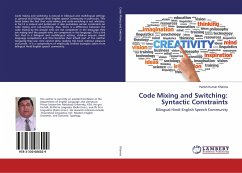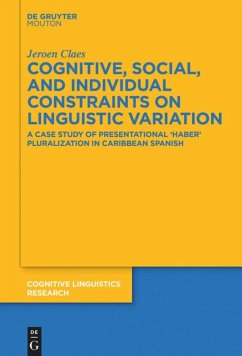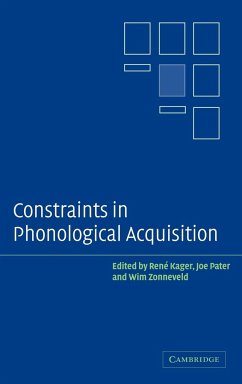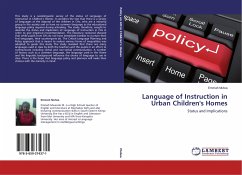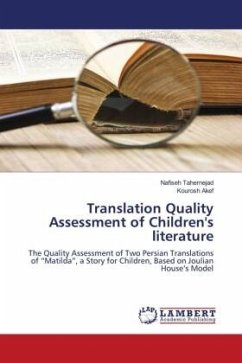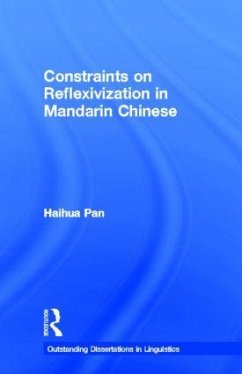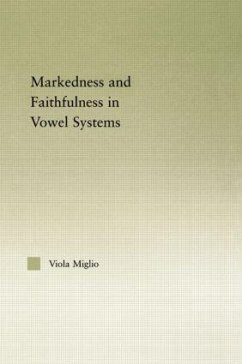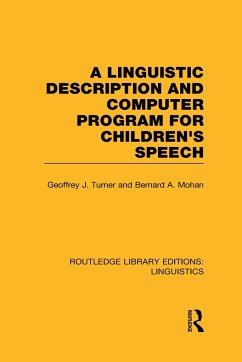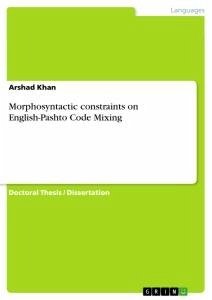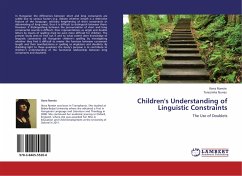
Children's Understanding of Linguistic Constraints
The Use of Doublets
Versandkostenfrei!
Versandfertig in 6-10 Tagen
32,99 €
inkl. MwSt.

PAYBACK Punkte
16 °P sammeln!
In Hungarian the differences between short and long consonants are subtle due to various factors (e.g. debate whether length is a distinctive feature of the language, arbitrary lengthening of short consonants or abbreviating of long ones), thus it is difficult to distinguish between them. However, if distinguishing between the pronunciation of short and long consonantal sounds is difficult, their representations as single and double letters by means of spelling must be even more difficult for children. The present study aims to find out if and to what extent does knowledge of linguistic constr...
In Hungarian the differences between short and long consonants are subtle due to various factors (e.g. debate whether length is a distinctive feature of the language, arbitrary lengthening of short consonants or abbreviating of long ones), thus it is difficult to distinguish between them. However, if distinguishing between the pronunciation of short and long consonantal sounds is difficult, their representations as single and double letters by means of spelling must be even more difficult for children. The present study aims to find out if and to what extent does knowledge of linguistic constraints aid Hungarian children s spelling by investigating whether they find it difficult to master the function between consonant length and their manifestations in spelling as singletons and doublets. By shedding light to these questions the study s purpose is to contribute to children s understanding of the functional relationship between long consonants and doublets.



